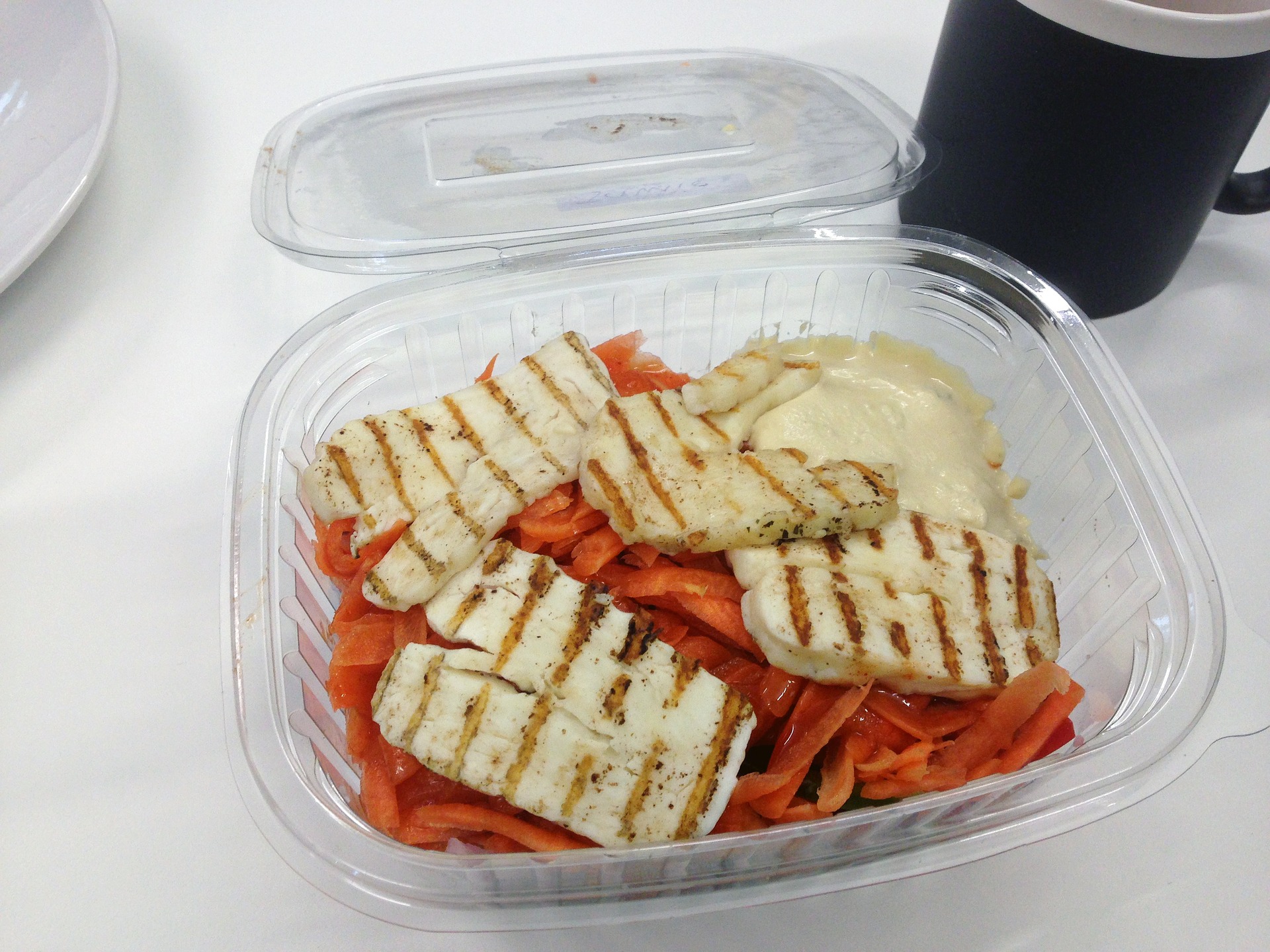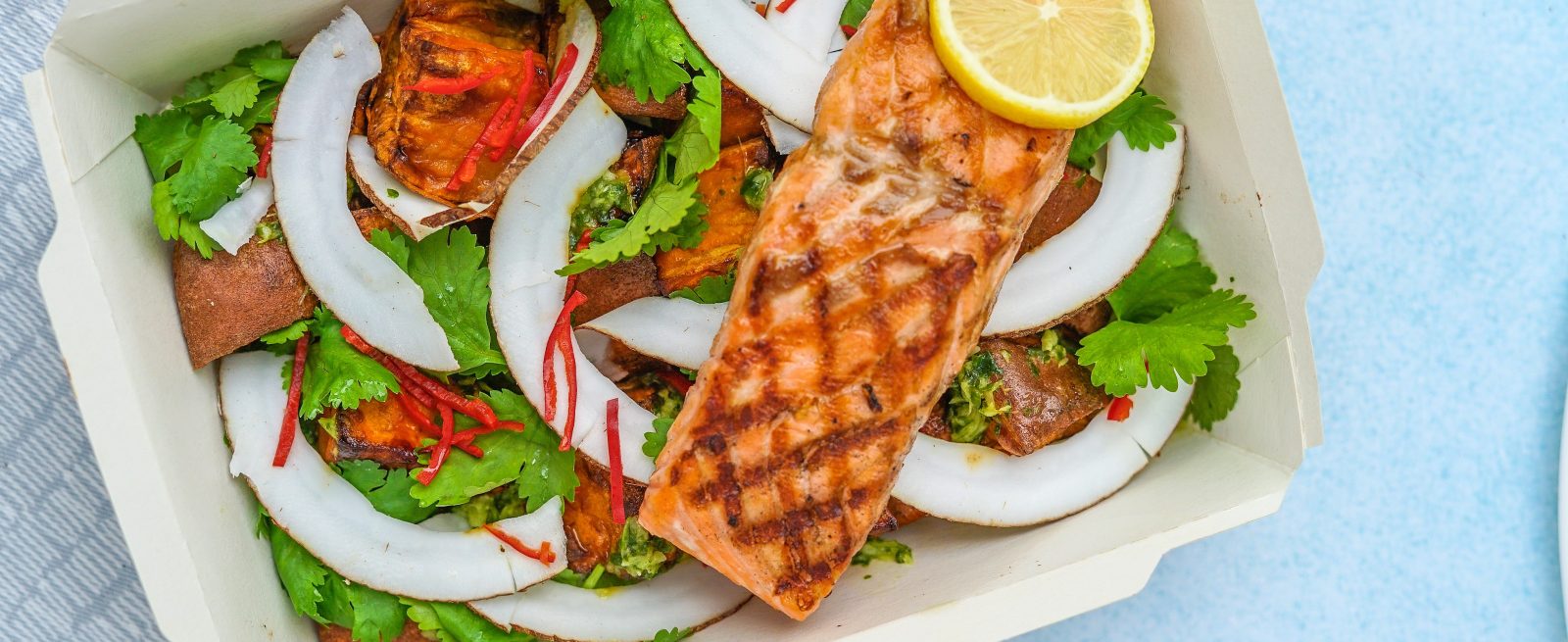Delivery Is a Consumer Expectation
5 Min Read By Melanie Bradley
Many restaurant segments (QSR, fast casual, and casual dining) are beginning to focus on delivery, as more meals than ever before are being enjoyed in homes or places of business.
Consumers now expect to enjoy their cuisine without leaving their home, all with the simple click of a button.
Incorporating proprietary delivery into your restaurant can be a costly and daunting task, and it isn’t an option for every business owner.
Some restaurants are able to utilize their cloud POS software or restaurant management software to accomplish this feat, by means of integration partners.
While keeping up with competitors to maximize profit is a primary goal of any restaurant operator, many restaurants seek other avenues to incorporate this consumer demand.
According to Forbes, “delivery is the golden child of off-premise business and is expected to grow by 51 percent by 2021. Delivery has become a need to have and no longer a nice to have in the restaurant industry. It has become a consumer expectation.”
The Logistics Behind Delivery
As reported in QSR recently, 30 percent of orders for Firehouse Subs locations in South Florida came through third-party, meal delivery.
What’s the take-away?
A major re-think of your entire operation.
Things to Consider
Let’s assume that today’s 30 percent statistic could eventually mean that half your business is heading out the doors, to be eaten by consumers elsewhere.
This will have significant implications for store layout and how you consider a future real estate parcel.
- Where do you strategically place your drink machine and condiments, when a dash out the door is likely?
- You might devise a different layout for a store location in a suburban shopping center, one designed with many more short-term parking spaces for quick getaways onto major thoroughfares.
- What about preparation and packaging? You’re probably going to need to think about containers that travel well.

Accommodating delivery will also affect staffing; with driver employees or coordination with third-party delivery services.
- Should you build your own delivery infrastructure and capture the delivery fee? Consider that many of the new delivery firms will be well-capitalized with private equity and venture backing.
- Do you use six delivery partners, or will you have to accommodate every new delivery service that has drivers on the road?
Profit margins are another integral element to consider.
- What impact will this have on revenue?
- Will the average guest check size be larger due to delivery?
- If so, can you convert that to profitability?
How will this impact your marketing efforts?
- Should there be a discount for an off-premise meal?
- How will you tie this into your existing customer loyalty program?
Adherence to food safety and quality will be even more critical.
- How will your restaurant ensure you are remaining compliant and satisfying customers?
How to Bring Delivery to Your Restaurant
While some restaurant’s, primarily pizza establishments, may build delivery into their operations, the majority of eateries do not have the infrastructure, ability, or resources to offer this popular feature.
Incorporating proprietary delivery into your restaurant can be a costly and daunting task, and it isn’t an option for every business owner.
Restaurants will also now need to start designing their menu and dishes keeping in mind food that travels well.
While keeping up with competitors to maximize profit is a primary goal of any restaurant operator, many restaurants seek other avenues to incorporate consumer demands.
Building an extensive ecosystem and establishing valuable partnerships with third party vendors is a viable and beneficial alternative.
Leveraging existing point of sale technology to bring delivery into to your restaurant is a prevalent strategy in the industry.
By expanding and extending your restaurant POS platform through integrations, you can offer your customer an optimal guest experience, which includes delivery options. Opting to add delivery to your restaurant’s portfolio by means of integration partners has a multitude of benefits.
These relationships eliminate the need for restaurant operators to manually enter orders into their restaurant POS software; enabling all orders to automatically flow directly to the point of sale, and in the kitchen, resulting in increased efficiency for the kitchen staff, and freeing up front of the house employees to spend more time with guests.
If restaurant operators are not willing or able to provide delivery, their guests will engage elsewhere to get the convenience of delivery.
In our 2019 Restaurant Technology Trends Report, we asked our partners, “How do you see the growth of delivery affecting restaurants?”
Here is a sneak peek at what some of our valued integration partners had to say:
“As restaurants implement and increase delivery capabilities, we are starting to see companies adapt kitchens and prep space to maximize productivity and account for the influx of new orders. The introduction of separate prep lines, space for online ordering equipment like tablets and kiosks, pick-up shelves, and even separate entrances for delivery couriers are just some of the adaptations we’ve seen thus far. Many restaurants have already started designing their new stores keeping in mind a separate section for delivery & pickup bags. This makes sure that their in-store customers are not obstructed or inconvenienced by the constant coming and going of delivery drivers, or people just walking in to pick up their food and walking out.
If not managed properly, it could adversely affect the restaurants. I think all the restaurants should accept all the delivery services and be present on all the platforms. Customers are loyal to their respective platforms, so the restaurants should be present where the customers are.
However, they should also have an effective solution for automating their in-store operations and making sure all of their delivery orders are going straight to their POS and kitchen printer. If the operations and accounting is not managed properly, and the restaurants are only drive by top line growth, it could lead to huge losses.
Restaurants will also now need to start designing their menu and dishes keeping in mind food that travels well.” – Checkmate
“As consumers continue to capitalize on the convenience of delivery, restaurants are adapting their capabilities in order to accommodate the influx of digital orders. Restaurants are steering away from traditionally designed kitchen and prep areas and instead opting for set ups with dedicated areas for digital orders. Some are even shrinking their dining area to account for space needed to streamline delivery.
We also see great opportunity for restaurants to grow same store sales, which have remained relatively flat for some time industry-wide, through the growth of delivery. In surveying our restaurant partners, we have found delivery sales to be incremental and adding benefit to the business overall. In addition, the average delivery ticket size (excluding fees) is double that of pickup average ticket on our platform- note that average digital ticket size for pickup is already 25 percent higher than in-store ticket size.”- Olo
“Delivery is huge – it’s changing everything for restaurants, from technology through operations. Restaurants have to strike a careful balance between what their customers expect and what they’re able to provide in terms of delivering on those expectations. Restaurants have to set up systems and processes that accommodate food delivery, for which they may have to rely on partners’ tools (i.e. online ordering and delivery services) before developing their own.
This isn’t always easy and is usually an iterative process but, in many markets, it’s becoming a competitive necessity.” – Punchh
“The growth of Delivery has caught restaurant operators on their heels. But many are realizing the importance of delivery services and are either owning the experience or partnering for the logistics. Besides the operational challenges to be solved, they are realizing that unless they engage directly with their customers wishing for delivery, they will lose the guest experience to third-party marketplaces. Guests are now demanding delivery services for convenience, which they are willing to pay for. If restaurant operators are not willing or able to provide delivery, their guests will engage elsewhere to get the convenience of delivery.” – MonkeyMedia Software
As your restaurant begins to adopt and welcome delivery, whether it be in-house, or through third-party delivery services, one thing is certain: Delivery is a huge opportunity for your operation.


